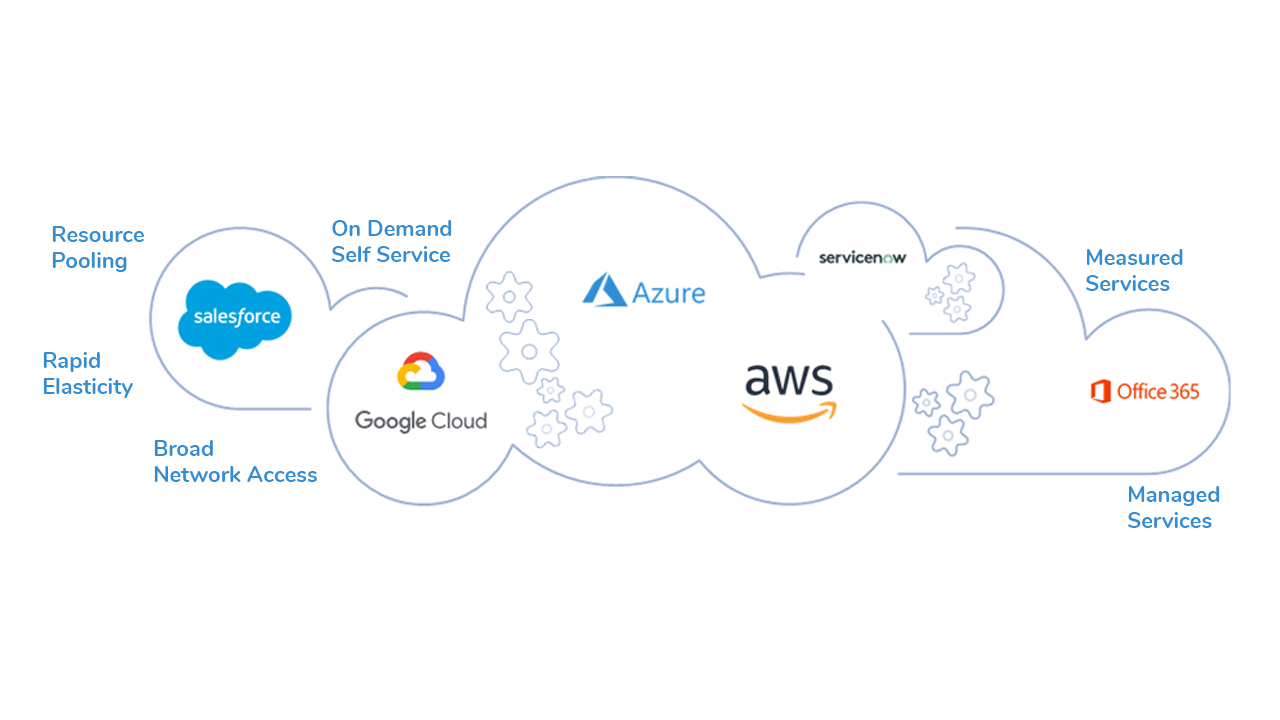Universal Cloud Service: Reputable and Effective Solutions for Your Company
Universal Cloud Service: Reputable and Effective Solutions for Your Company
Blog Article
Achieve Seamless Scalability With Cloud Services
In the ever-evolving landscape of cloud solutions, achieving seamless scalability stands as a cornerstone for contemporary businesses looking for to remain affordable and adaptable. The capability to easily increase or contract sources in feedback to altering demands is a critical benefit in today's hectic electronic setting. By understanding the art of scalable cloud options, organizations can not just optimize efficiency and streamline procedures but additionally lead the way for future growth and technology. The quest for smooth scalability with cloud solutions unveils a globe of possibilities for those happy to welcome the transformative power of dynamic resource administration.
Advantages of Cloud Scalability
Cloud scalability offers companies the versatility to dynamically change resources based on demand, guaranteeing ideal performance and expense efficiency. Additionally, cloud scalability promotes development and trial and error by enabling companies to easily test brand-new concepts and scale them as required. Inevitably, the advantages of cloud scalability expand beyond cost financial savings to include improved efficiency, agility, and innovation.
Secret Features for Scaling
Efficient scaling in cloud services relies on key features that enable companies to readjust resources dynamically based on demand. One more key feature is scalability, enabling systems to handle increased work by including resources effortlessly. Generally, these crucial functions collectively empower organizations to attain smooth scalability in cloud solutions.
Applying Auto-Scaling Methods
To successfully enhance source allocation and adapt to differing workloads, organizations need to tactically implement auto-scaling methods in their cloud services infrastructure. Auto-scaling permits systems to immediately change the variety of calculate resources based upon real-time need. There are numerous auto-scaling methods that companies can utilize, such as anticipating scaling, which uses historic data to anticipate future resource needs, and responsive scaling, which replies to existing workload adjustments.

Finest Practices for Scalability
For organizations intending to boost their scalability in cloud solutions, carrying out ideal techniques is crucial for ideal performance and resource administration. One key ideal method is developing applications with a microservices architecture. This technique breaks down applications into smaller, independent services that more can be released, updated, and scaled separately, permitting for higher flexibility and scalability.
An additional crucial practice is using containerization technology, such as Docker or Kubernetes. Containers make it possible for the product packaging of applications and their dependencies right into separated systems, making it much easier to scale components independently and release them continually throughout different atmospheres.
In addition, implementing automated deployment and framework as code (IaC) can streamline scalability efforts (linkdaddy cloud services). Automation devices like Terraform or Ansible aid in provisioning and taking care of sources successfully, reducing manual mistakes and enabling fast scalability
Furthermore, keeping an eye on performance metrics, setting up informs, and performing normal capability planning are vital practices to make certain aggressive scalability monitoring. By sticking to these finest methods, companies can accomplish smooth scalability in their cloud solutions while optimizing performance and source utilization.
Tracking Efficiency Metrics
When evaluating the performance of cloud solutions scalability, very closely checking performance metrics is imperative for making certain optimal capability and resource allowance. By continually tracking crucial performance indications (KPIs) such as action times, throughput, latency, and source use, companies can acquire important understandings into the wellness and efficiency of their cloud infrastructure. Monitoring performance metrics allows for the early detection of possible traffic jams or concerns that can influence scalability, making it possible for positive steps to be required to resolve them before they intensify.

Final Thought
To conclude, attaining smooth scalability with cloud you can check here solutions is important for organizations to enhance efficiency, improve technology, and maintain high performance degrees during peak times. By leveraging the advantages of cloud scalability, implementing auto-scaling strategies, utilizing essential functions such as flexibility and automation, and following best practices like application style and efficiency monitoring, companies can effectively scale their systems while optimizing resource usage and performance.
The mission for seamless scalability with cloud services introduces a globe of possibilities for those ready to accept the transformative power of dynamic source monitoring.
Cloud scalability uses organizations the adaptability to dynamically adjust sources based on demand, ensuring ideal performance and expense efficiency. An additional essential attribute is scalability, making it possible for systems to manage boosted workload by including sources perfectly.For companies aiming to improve their scalability in cloud solutions, executing ideal practices is critical for optimal efficiency and source administration.When assessing the performance of cloud services scalability, very closely keeping an eye on efficiency metrics is necessary for guaranteeing ideal capability and resource allowance.
Report this page